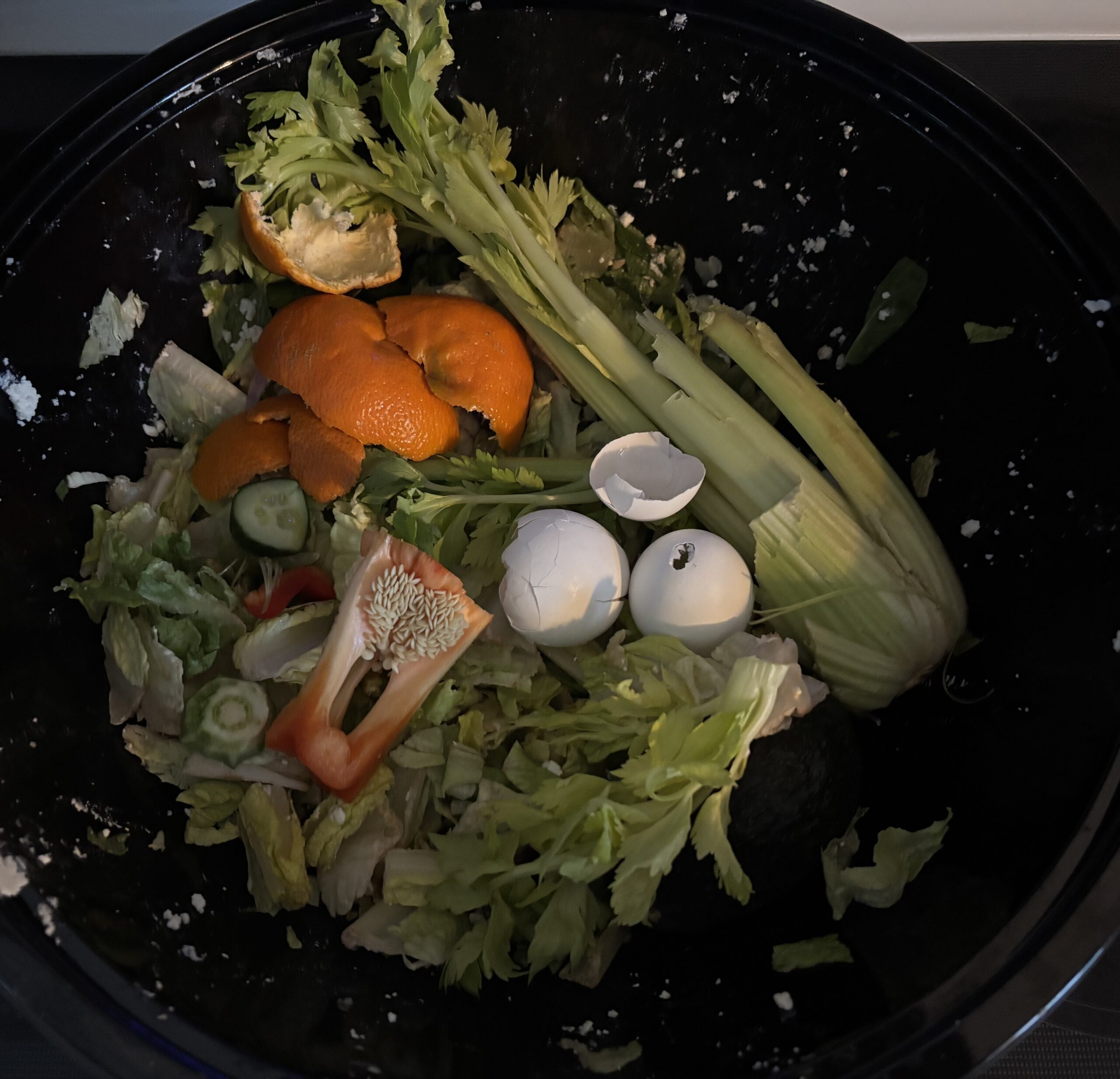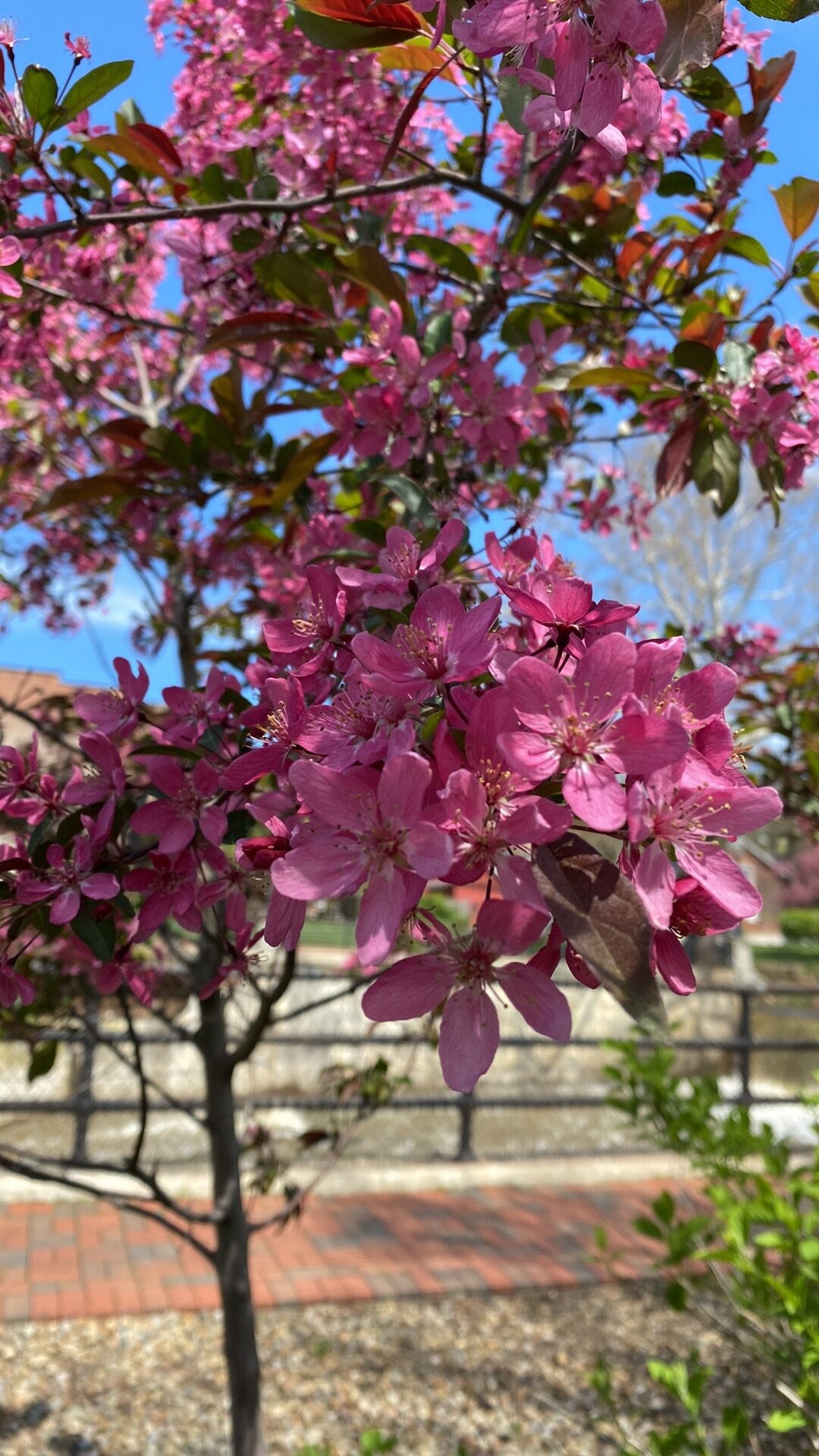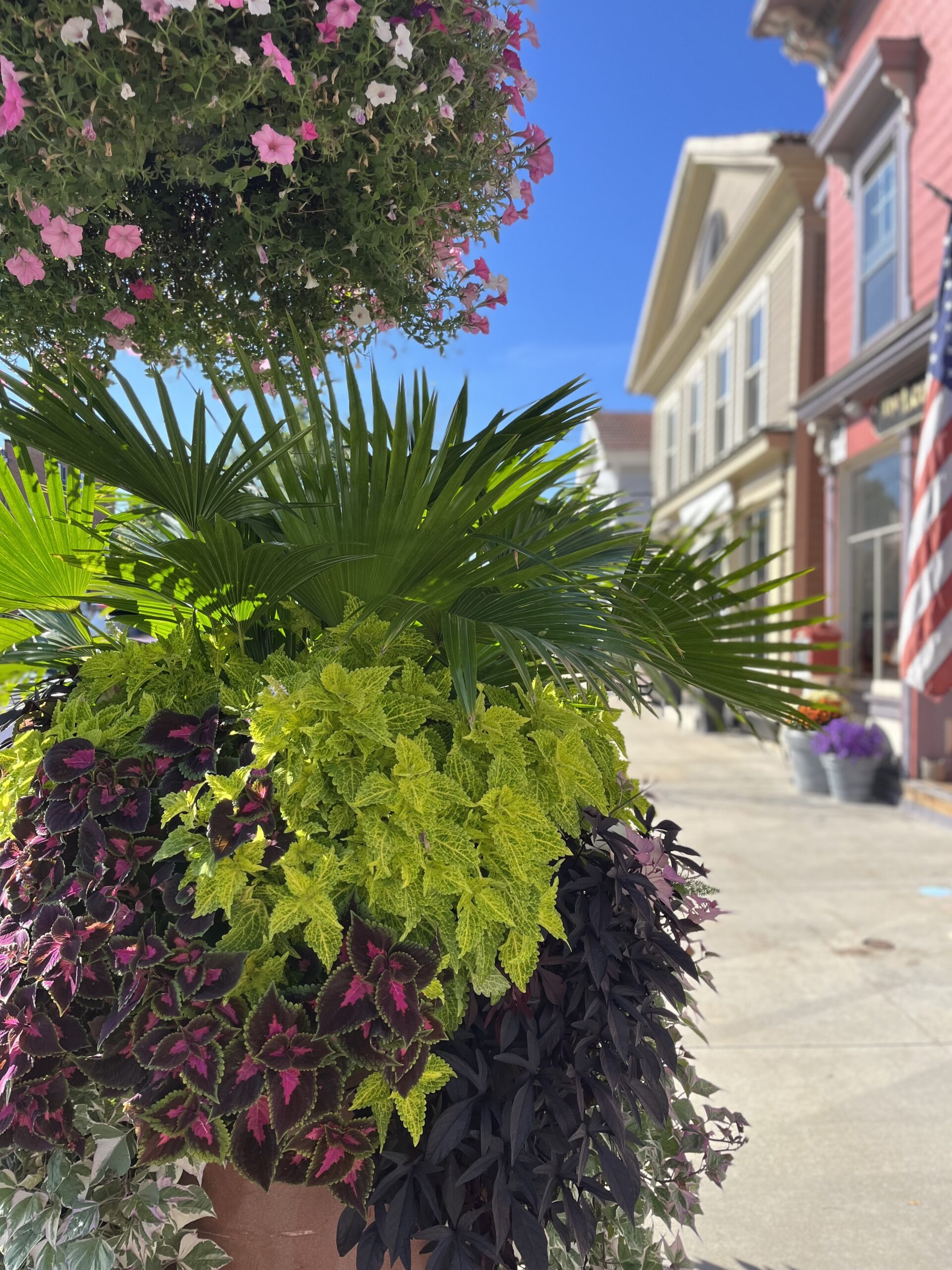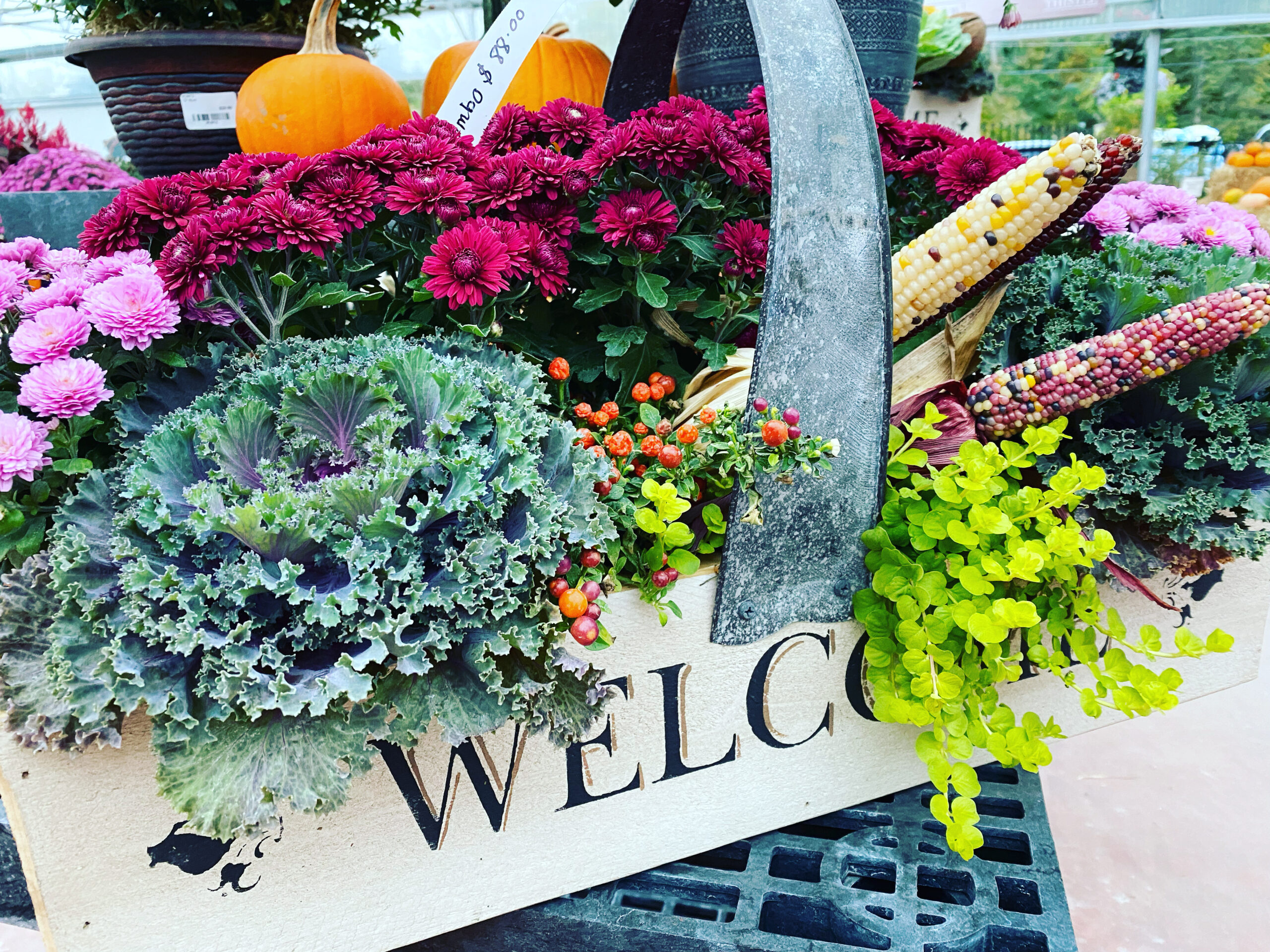Composting is all about balancing “greens” and “browns” to create the perfect environment for decomposition. Here’s a basic breakdown:
- Greens: These are nitrogen-rich materials that are typically moist and provide energy for microorganisms. Examples include fruit and vegetable scraps, grass clippings, coffee grounds, and green leaves.
- Browns: These are carbon-rich materials that provide structure and help balance the moisture levels in the compost pile. Examples include dry leaves, straw, shredded newspaper, cardboard, and small twigs.
The key to successful composting is creating the right ratio of greens to browns. A common rule of thumb is to aim for a 2:1 ratio of browns to greens.
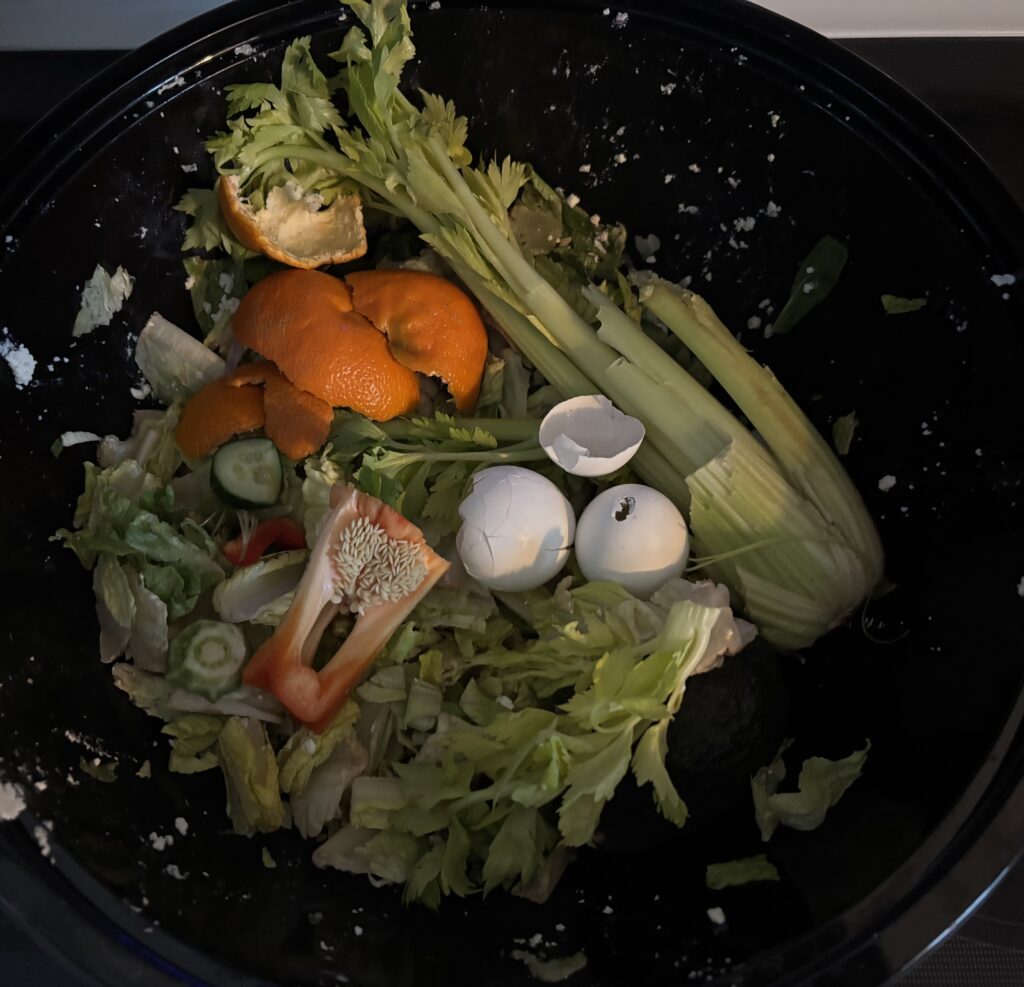
What Shouldn’t You Compost?
While composting is a great way to dispose of many organic materials, there are some things that should not be added to your compost pile. These include:
- Meat and dairy products: These can attract pests and cause unpleasant odors.
- Oily foods: Fats and oils slow down the decomposition process.
- Pet waste: Animal waste can carry diseases that may not be broken down in a typical compost pile.
- Weeds with seeds: Weeds can survive the composting process and might spread in your garden.
- Diseased plants: If a plant is diseased, composting it might spread the infection.
Different Ways to Compost: Choose the Best Method for You
Composting is a fantastic way to recycle organic waste, reduce landfill contributions, and improve your garden soil. There are several methods you can choose from depending on your space, time, and resources. Each method has its own benefits and challenges, but they all serve the same purpose: turning organic waste into nutrient-rich compost. Here’s a breakdown of some of the most popular composting methods:
1. Traditional Pile Composting
This is the most natural way of composting and requires the least equipment. It involves piling your organic waste in a designated spot in your garden or yard. The compost pile decomposes over time as microorganisms break down the material.
- Pros:
- No special equipment needed.
- Large piles can process a significant amount of organic waste.
- It’s easy to start and maintain, making it a good option for gardeners with space.
- Cons:
- Takes up space in your yard.
- Can attract pests if not properly maintained.
- Needs turning for aeration and moisture management.
Tips and Tricks: Choose a spot that gets sunlight for quicker decomposition and ensure it has good drainage.
2. Compost Bin Composting
Using a compost bin is a more contained way to compost. You can buy pre-made bins or make your own using materials like wood or wire mesh. These bins are usually made of breathable materials that allow for air circulation, which is important for decomposition.
- Pros:
- Keeps the compost contained, which reduces mess and pests.
- Neat and organized, ideal for smaller spaces like urban or suburban gardens.
- Easier to manage than an open pile and faster decomposition if turned regularly.
- Cons:
- Limited space, so it’s better for smaller amounts of organic waste.
- Bins need to be turned regularly, so maintenance is required.
Tips and Tricks Look for bins that allow for easy turning or airflow, and make sure to balance the moisture content inside with your “browns”
3. Tumbler Composting
A compost tumbler is a sealed container mounted on a rotating frame. You fill it with organic waste, close it, and then spin it regularly to mix the contents. This method is faster than traditional composting because it requires less effort for aeration.
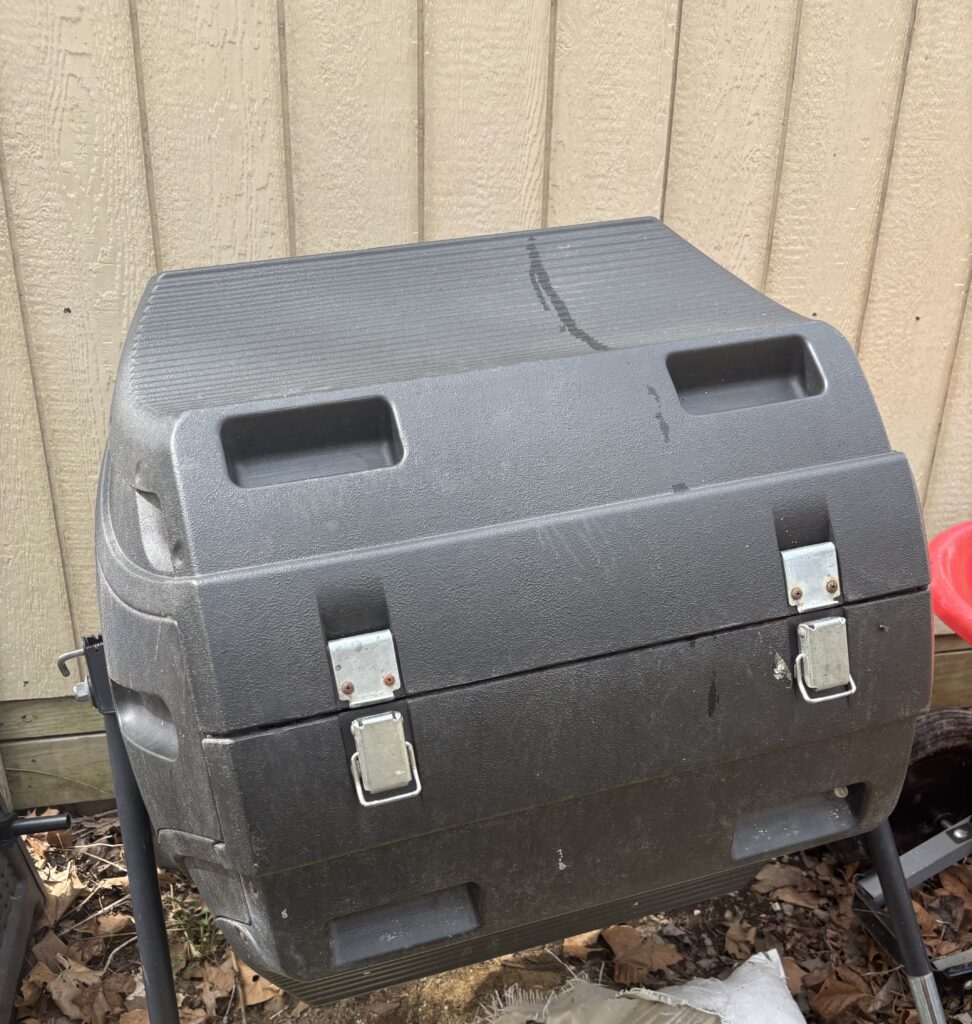
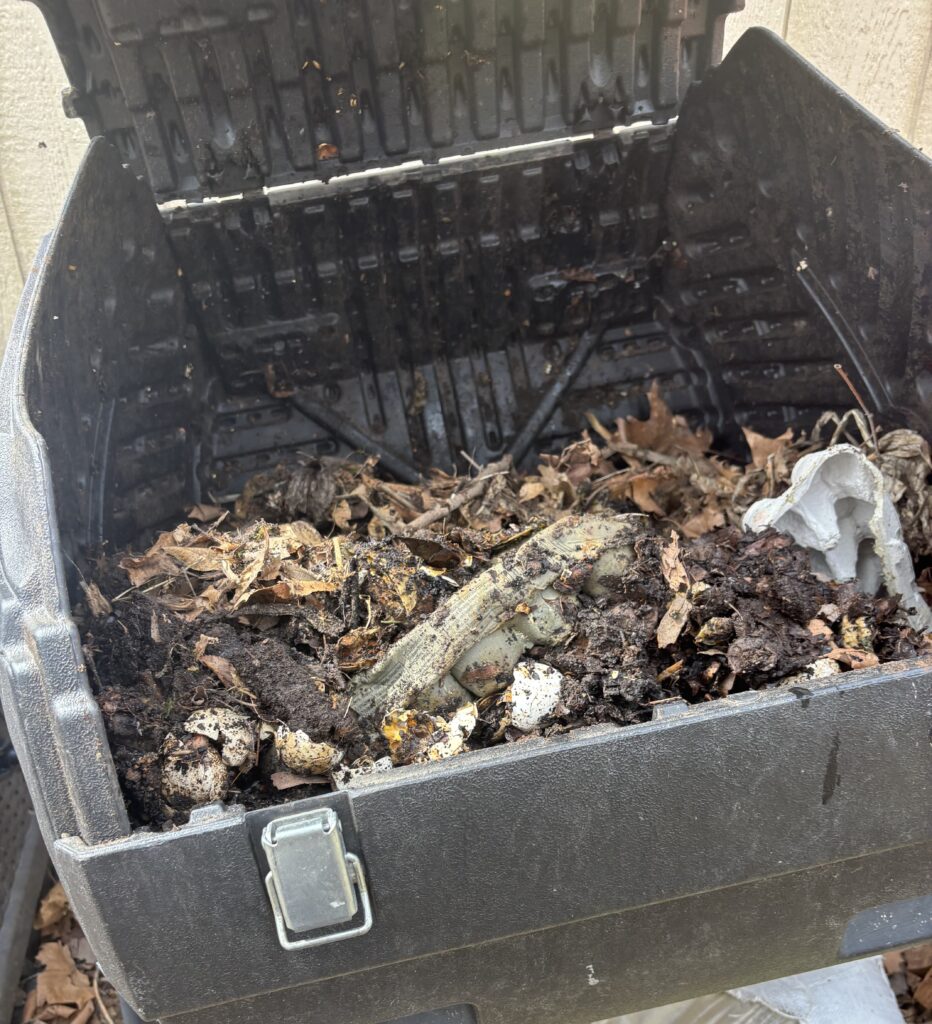
- Pros:
- Quick decomposition due to better turning.
- Keeps pests out and smells down.
- Clean and tidy – no mess or extra space needed.
- Cons:
- Limited capacity, usually for smaller batches.
- Requires a bit more investment to buy the tumbler.
- Needs regular turning, which can be a hassle if you have a lot of material to compost.
Tips and Tricks: Make sure to maintain the right balance of “greens” and browns”
4. Vermicomposting (Worm Composting)
Vermicomposting uses worms (typically red wigglers) to break down organic matter. This method is often done in a worm bin, which can be kept indoors or outdoors. The worms eat the waste and produce worm castings, which are nutrient-rich and great for your plants.
- Pros:
- Very efficient – worms break down material quickly.
- Great for small spaces, especially indoors.
- Produces a high-quality compost called “vermicompost,” which is a wonderful fertilizer for plants.
- Cons:
- Requires regular care and attention to the worm population and bin.
- Needs to a consistent temperature.
Tips and Tricks: Keep the bin in a cool, dark place and ensure worms have enough bedding (like shredded newspaper) to thrive.
5. Countertop Composting
Countertop composting also known as indoor composters or kitchen composters, have gained popularity as a convenient, space-saving solution for turning food scraps into compost. These compact devices are designed for use in the home, offering a hassle-free way to compost kitchen waste without the need for outdoor space or traditional compost piles.
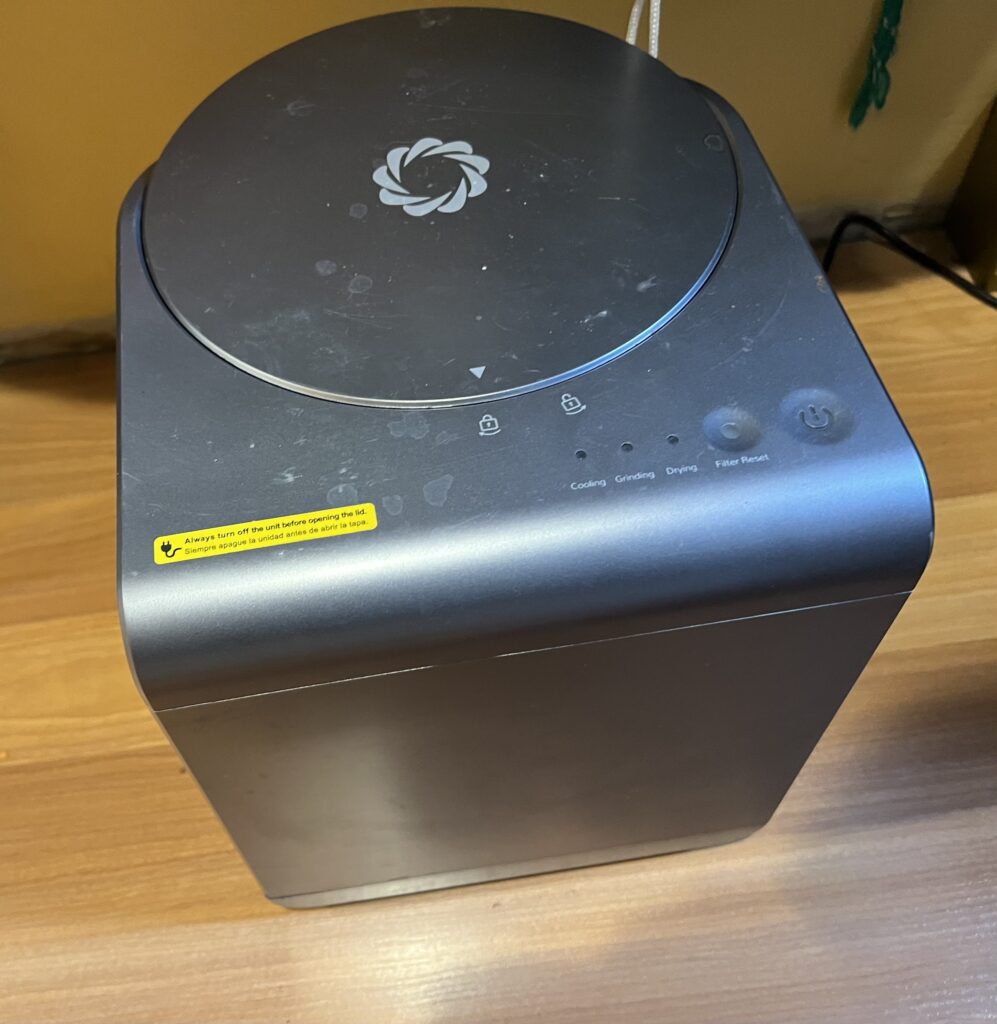
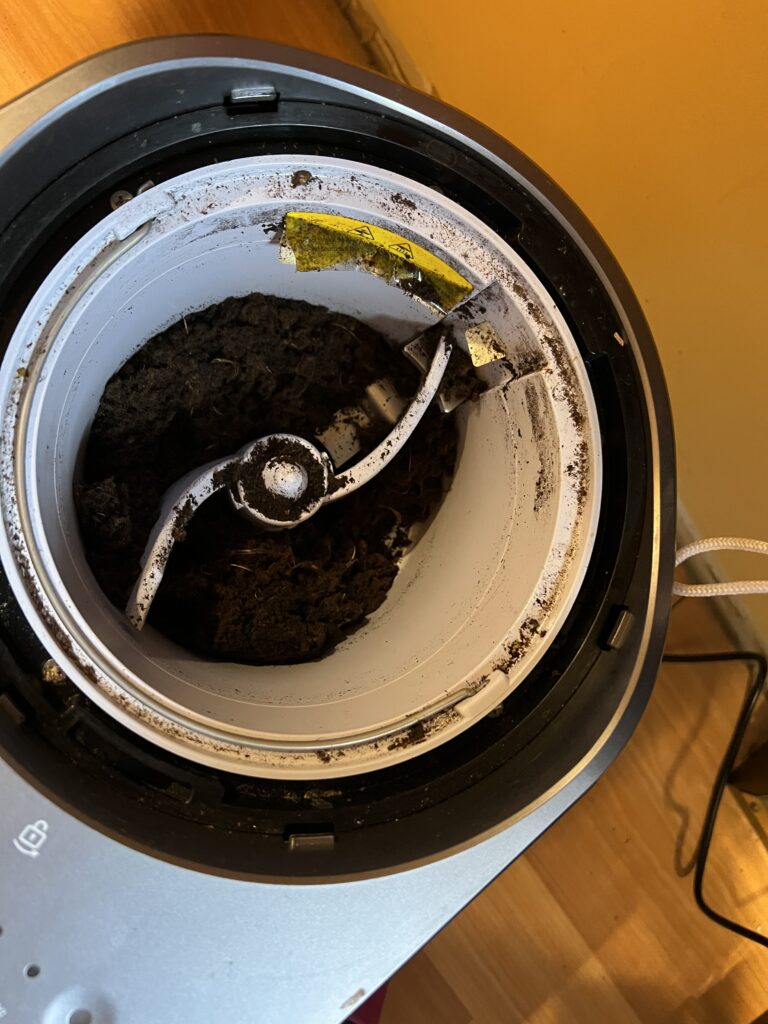
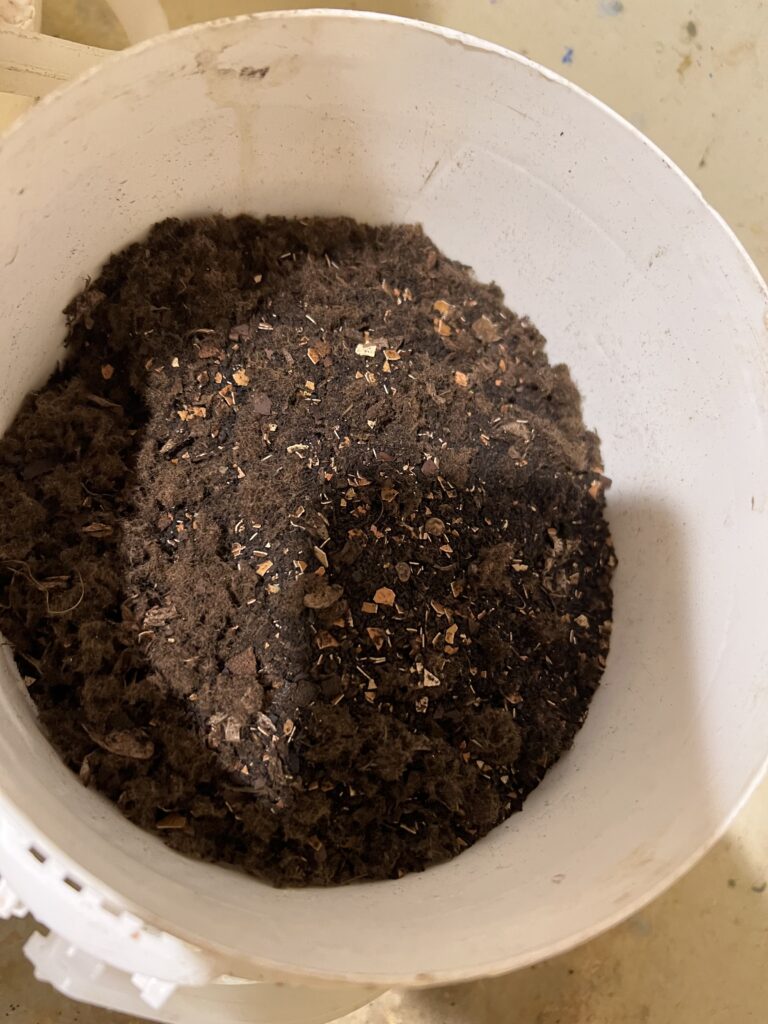
Pros
- Convenient and Space-Saving: Perfect for small spaces like apartments or kitchens with limited room.
- Odor-Free: Designed to minimize odors, making it ideal for indoor use.
- Fast Composting: Reduces food waste to compost quickly, often in hours or days.
- Easy to Use: Simple to operate, with minimal effort needed for composting kitchen scraps.
Cons
- Limited Capacity: May not handle large amounts of food waste, requiring frequent emptying.
- Electricity Use: Many models require power to operate, adding to energy costs.
- Higher Cost: Initial purchase can be expensive compared to other composting methods.
- Waste Limitations: Not suitable for composting meat, dairy, or oily foods.
Choose the Right Method for You
There are several ways to compost, and the best method for you depends on your available space, time, and the materials you’re working with. Whether you go for a simple compost bin, a worm composting system, the key is finding a system that fits your lifestyle and garden needs. No matter which approaches you choose, you’ll be contributing to a healthier planet and better soil for your plants. Happy composting!

